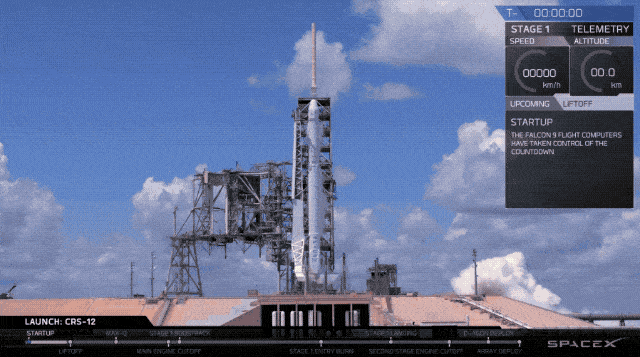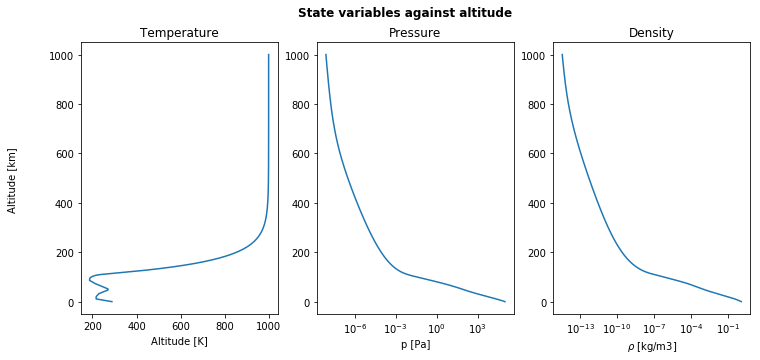Looking for the answers!
Hey, folks! The last weeks were really exciting getting done an algorithm for ground-track orbit. After long days trying to find the perfect approach for Poliastro, we decided to give it a go bringing to life this paper

But everything it's not what it seems
Well, we thought it will be quite straightforward but much too learn still I have , right Master Yoda?

So I am not gonna lie to you folks, it wasn't that easy, but as Rocky says, "Every champion was once a contender who refused to give up". So now you are gonna know how we solve it. Game on! First things first, we needed to apply numerical analysis in order to obtain the roots of the equation, because given the complexity of the function, there was no other way around.

So we had to come up …



/Sat%20Data%20-%20constellation.gif?width=450&name=Sat%20Data%20-%20constellation.gif)





